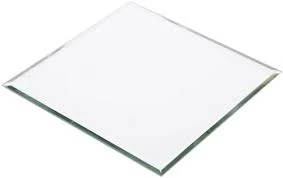

The Art and Science of Coloured Float Glass
Coloured float glass is a remarkable fusion of art and engineering that has captivated the world for centuries. This versatile material, known for its aesthetic appeal and functional properties, plays a crucial role in architecture, interior design, and art.
The process of manufacturing float glass begins with a mixture of silica sand, soda ash, and limestone. This mixture is heated to a temperature exceeding 1,600 degrees Celsius, creating a molten glass. The term float comes from the technique of pouring the molten glass onto a bed of molten tin, allowing it to spread evenly, creating smooth and flawless sheets. The addition of various metal oxides during the melting process introduces color to the glass. For example, cobalt oxide yields deep blue hues, while chromium can produce greens. This ability to create a spectrum of colors adds a layer of depth to the glass, allowing designers to tailor their creations to specific aesthetics.
One of the most significant advantages of coloured float glass is its ability to control light. Glass that is tinted with color can filter sunlight, reducing glare and heat build-up, which makes it ideal for use in buildings. Architects utilize this property to create environmentally friendly structures, integrating the beauty of color with energy efficiency. Moreover, coloured float glass can enhance privacy without compromising natural light, making it a popular choice for windows and partitions in both residential and commercial settings.

Beyond architecture, coloured float glass finds its place in the realm of art. Artists and craftsmen use it to create stunning mosaics, sculptures, and decorative pieces, transforming spaces into vibrant works of art. The interplay of color, shape, and transparency provides artists with endless possibilities for expression.
Furthermore, advancements in technology have allowed for the development of new coatings and techniques that enhance the durability and functionality of coloured float glass. These innovations not only improve resistance to scratches and weathering but also enhance the brightness and clarity of colors, ensuring that artistic creations remain captivating over time.
In conclusion, coloured float glass is a fascinating material that blends creativity and technology. From its origins in ancient craftsmanship to its modern applications in architecture and art, it continues to inspire and transform our environments. As we move towards a more sustainable future, the versatility and beauty of coloured float glass will undoubtedly remain a significant part of our built and artistic landscapes.